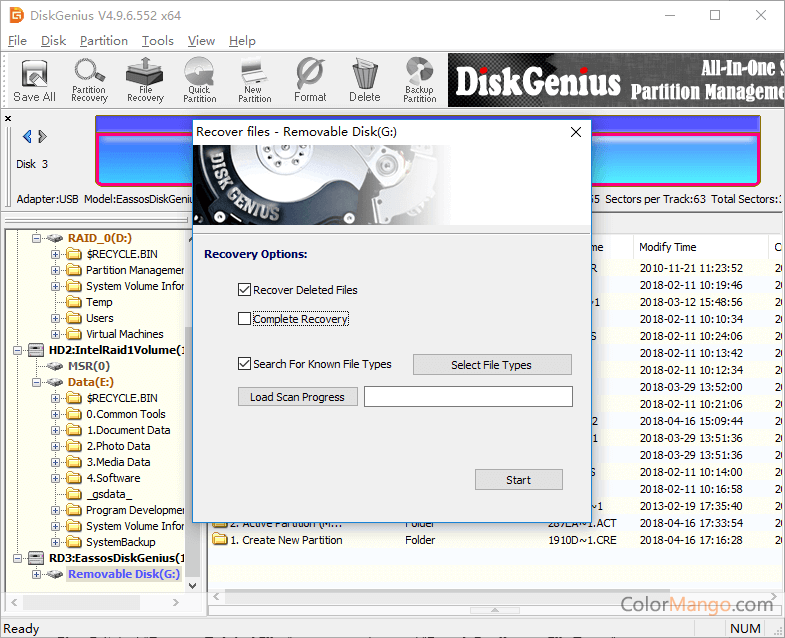


Though regulations, roles and responsibilities differ around the world, scientists can justify their actions in the wake of an eruption if they document their work, are thoughtful and conscientious in their deliberations, and carry out protocols and procedures developed prior to volcanic unrest. Event trees and regular group discussions encourage multi-disciplinary thinking, consideration of disparate viewpoints, and documentation of all group decisions and consensus. Observatory leaders need to manage staff workload to prevent exhaustion and ensure that expertise is available as needed. Advances in Volcanology, 2018 Newhall et al. Checklists permit tired observatory staff to fulfill their duties without forgetting key communications, data streams, or protocols that need regular fulfilment (Bretton et al. To a large extent, volcanic crises become social crises, and any volcano observatory should have a communication strategy, a lead communicator, regular status updates, and a network of colleagues outside the observatory who can provide similar messaging to a public that desires consistent and authoritative information. In the situation where planning is unfinished, observatories should prioritize close ties and communications with the land and civil-defense authorities near the most threatening volcanoes. Pre-existing agreements and exercises with academic and government collaborators will minimize confusion about roles and responsibilities.

Ideally, nearly everything that observatories do during a crisis should be envisioned, prepared, and practiced prior to the actual event. Crisis operations should rely upon exhaustive planning in the years prior to any actual unrest or eruptions. A primary goal is to communicate effectively with the authorities in charge of civil protection. During a crisis, the priority of the observatory should be to acquire, process, analyze, and interpret data in a timely manner. By crisis, we mean unrest that may or may not lead to eruption, the eruption itself, or its aftermath, all of which require analysis and communications by the observatory. Volcanologists from around the world offered suggestions for ways to optimize volcano-observatory crisis operations. In November 2019, the fourth Volcano Observatory Best Practices workshop was held in Mexico City as a series of talks, discussions, and panels.


 0 kommentar(er)
0 kommentar(er)
